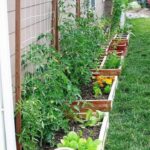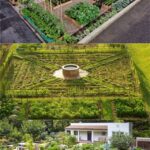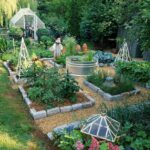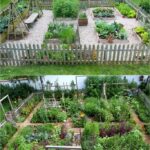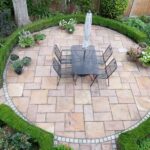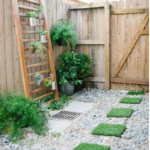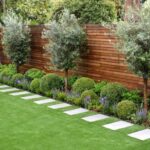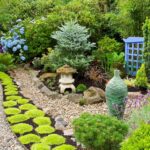Garden design plays a crucial role in creating a beautiful and functional backyard space. Whether you have a small or large backyard, incorporating the right design elements can transform it into a tranquil oasis where you can relax and unwind. There are several key principles to keep in mind when designing your backyard garden to maximize its potential.
One important aspect of garden design is creating a balance between hardscape and softscape elements. Hardscape features such as patios, walkways, and pergolas can provide structure and define different areas in the garden. On the other hand, softscape elements like plants, trees, and flowers add color, texture, and visual interest. By combining both hardscape and softscape elements harmoniously, you can create a well-rounded and visually appealing backyard design.
Another crucial consideration in garden design is creating functional outdoor living spaces. Depending on your needs and preferences, you can incorporate various features such as outdoor kitchens, fire pits, seating areas, and water features. These elements not only enhance the aesthetic appeal of the garden but also provide opportunities for outdoor entertaining and relaxation. By carefully planning and designing these spaces, you can make the most of your backyard and create a welcoming environment for family and friends.
Incorporating sustainable and eco-friendly practices in garden design is becoming increasingly important. By choosing native plants, installing water-efficient irrigation systems, and utilizing organic gardening practices, you can reduce your environmental impact and create a more sustainable garden. Additionally, incorporating elements like rain gardens, compost bins, and wildlife habitats can attract beneficial insects and wildlife, creating a balanced ecosystem in your backyard.
Creating focal points in the garden can help draw the eye and create visual interest. Focal points can be anything from a majestic tree, a beautiful fountain, or a striking sculpture. By strategically placing these features in your garden, you can create a sense of harmony and balance while adding character and personality to the space. Focal points can also serve as conversation starters and provide a focal point for outdoor entertaining.
Finally, lighting plays a crucial role in garden design, especially for nighttime enjoyment. By incorporating landscape lighting, you can highlight architectural features, plants, and pathways, creating a magical ambiance after dark. Solar-powered lights, string lights, and lanterns are popular options for adding illumination to the garden without increasing energy consumption. By carefully planning and installing lighting fixtures, you can extend the use of your garden well into the evening and create a cozy and inviting atmosphere for nighttime gatherings.

